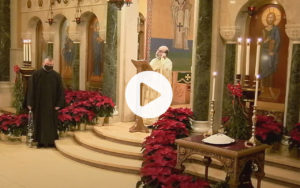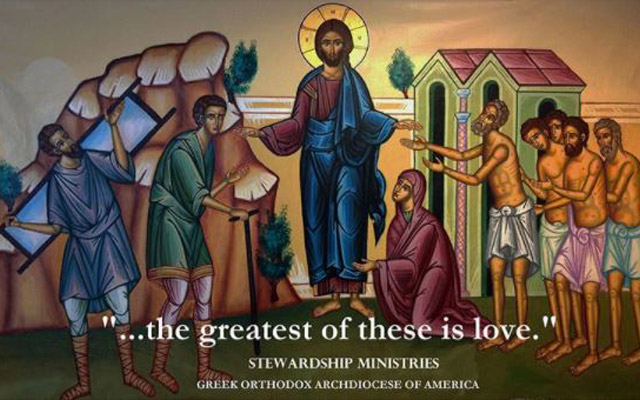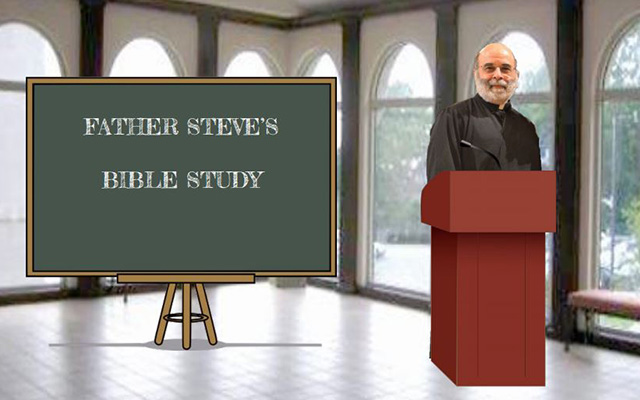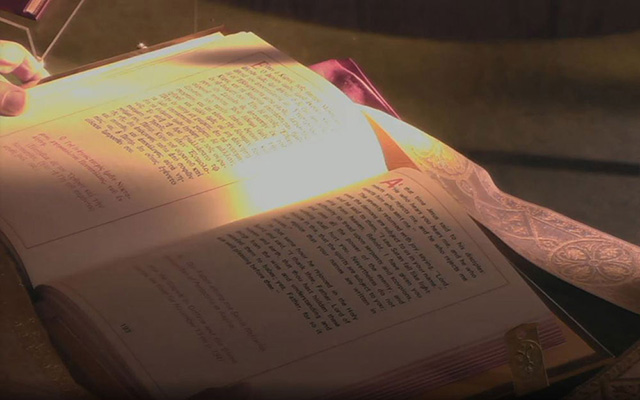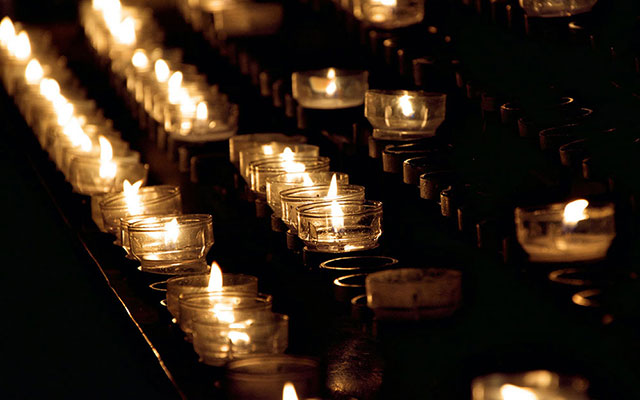Renewal Wednesday, Christ is Risen! The Greek Epithets of Saint George the Great Martyr
In the Orthodox Church, we give many and various epithets to the names of our Saints, either out of reverence or for some miracle or for any other reason. More than any of our Saints, the Theotokos has the most epithets applied to her name by far by the faithful. Below are some epithets applied to one of Orthodoxy’s most popular and miracle working saints – Saint George the Great Martyr. In Ofis of Pontus


